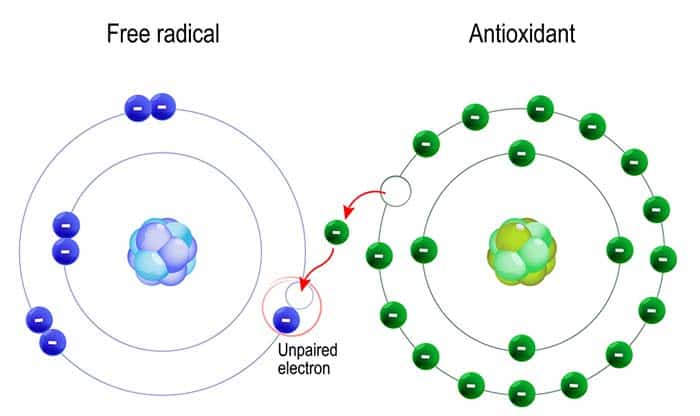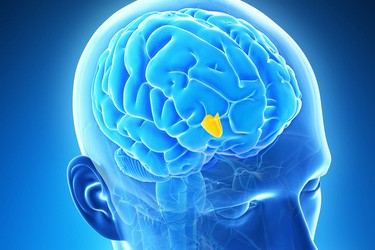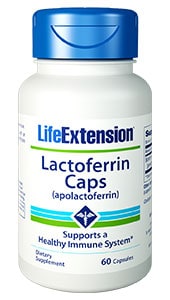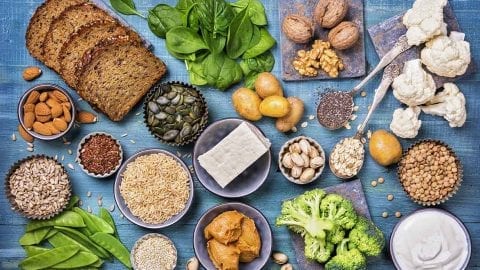Are anti-oxidants (AA) killing your gainz? Maybe…It’s been known for some time that high dose AA, as well as other OTC anti-inflammatory agents such as NSAIDs, appear to diminish hypertrophy and body composition adaptations to RT. Translated, AA and NSAID’s may negatively impact gainz. Precisely why has not been fully elucidated but the obvious answer appears to be; they block the acute post workout inflammatory phase of RT which is essential to the signaling cascade which is required for hypertrophy to take place post RT. For those who want to get more technical, from an excellent review paper on the topic:
“A popular belief is that reactive oxygen species (ROS) and reactive nitrogen species (RNS) produced during exercise by the mitochondria and other subcellular compartments ubiquitously cause skeletal muscle damage, fatigue and impair recovery. However, the importance of ROS and RNS as signals in the cellular adaptation process to stress is now evident. In an effort to combat the perceived deleterious effects of ROS and RNS it has become common practice for active individuals to ingest supplements with antioxidant properties, but interfering with ROS/RNS signalling in skeletal muscle during acute exercise may blunt favourable adaptation.
There is building evidence that antioxidant supplementation can attenuate endurance training‐induced and ROS/RNS‐mediated enhancements in antioxidant capacity, mitochondrial biogenesis, cellular defence mechanisms and insulin sensitivity. However, this is not a universal finding, potentially indicating that there is redundancy in the mechanisms controlling skeletal muscle adaptation to exercise, meaning that in some circumstances the negative impact of antioxidants on acute exercise response can be overcome by training.
Antioxidant supplementation has been more consistently reported to have deleterious effects on the response to overload stress and high‐intensity training, suggesting that remodelling of skeletal muscle following resistance and high‐intensity exercise is more dependent on ROS/RNS signalling.
Importantly there is no convincing evidence to suggest that antioxidant supplementation enhances exercise‐training adaptions. Overall, ROS/RNS are likely to exhibit a non‐linear (hormetic) pattern on exercise adaptations, where physiological doses are beneficial and high exposure (which would seldom be achieved during normal exercise training) may be detrimental.”
What interests me most about this effect is timing. Taking AA close to RT appears a bad idea for those focusing on optimizing their RT efforts, but what about 3 or 6 + hours before or after? A study examining the impact of timing seems the direction to go at this point. This new study (see below) itself, is in young women, does not say if they’re trained or untrained, and group sizes relatively small, but there’s a handful of studies supporting the effect, so it’s not to be ignored at this point.
Bottom line is, unless you’re dealing with an acute injury of some sort, I recommend avoiding NSAIDs, and I’d also recommend taking AA supplements at least three hours or more away from an RT session if you wish to optimize efforts in the gym. There’s a lack of data as to the optimal timing of AA in terms to having a potentially negative impact on RT, and I wouldn’t get overly focused on the issue, but taking high dose AA immediately before or after RT, likely not a great idea if optimizing your hard work in the gym is a goal. Finally, there may also be a way to optimize that post workout inflammatory phase to enhance hypertrophy via the use of arachidonic acid supplements, and readers can learn all about that in my series of articles on the topic HERE.
Antioxidant Supplementation Impairs Changes in Body Composition Induced by Strength Training in Young Women.
Int J Exerc Sci. 2019 Mar 1;12(2):287-296.
Abstract
Strength training (ST) is known to promote muscle hypertrophy and body composition adaptations. However, only a few studies investigated the effects of ST combined with antioxidant supplementation (AS) on these adaptations.
The aim of this study was to investigate chronic effects of ST combined with AS on fat mass (FM) and fat-free mass (FFM) of young women. In a double-blinded design, thirty-three subjects (22.9 ± 2.5 years, 57.7 ± 8.4 kg, 1.6 ± 0.6 m) were allocated into three groups: 1) vitamins (n=12), 2) placebo (n=11) and 3) control (n=10). Vitamins and placebo underwent a ST program for 10 weeks.
Vitamins supplemented with vitamin C (1g/day) and E (400IU/day) during the training period. FM and FFM were assessed by DEXA. Multiple 3 x 2 (group x time) mixed-factor ANOVA with Tukey adjustment was performed to examine differences in the dependent variables.
The significance level was set at P ≤ .05. Only placebo increased total FFM (34.9 ± 4.9 vs 36.3 ± 4.8 kg, P<0.05) and decreased total FM (21.8 ± 7.8 vs 21.0 ± 8.3 kg, P<0.05) after training for 10 weeks. Moreover, only placebo presented a significantly greater FFM percent change from pre to post-intervention compared to control (4.0 ± 3.4 vs -0.7 ± 3.1%, respectively, P < 0.05).
These results suggest that chronic AS can mitigate ST related improvements of body composition in young women

Will Brink is the owner of the Brinkzone Blog. Will has over 30 years experience as a respected author, columnist and consultant, to the supplement, fitness, bodybuilding, and weight loss industry and has been extensively published. Will graduated from Harvard University with a concentration in the natural sciences, and is a consultant to major supplement, dairy, and pharmaceutical companies.
His often ground breaking articles can be found in publications such as Lets Live, Muscle Media 2000, MuscleMag International, The Life Extension Magazine, Muscle n Fitness, Inside Karate, Exercise For Men Only, Body International, Power, Oxygen, Penthouse, Women’s World and The Townsend Letter For Doctors.
He’s also been published in peer reviewed journals.
Will is the author of the popular e-books, both accompanied by private members forum access , Bodybuilding Revealed & Fat Loss Revealed.
You can also buy Will’s other books on Amazon, Apple iBook, and Barnes and Noble.










I assume from this that AAs in food – eg vit C in fruit – are not a problem if eaten as part of a pre or post w/o meal.
There is also no mention of intracellular AAs such as glutathione and ergothioneine; presumably these have no limiting effects either.
It has not been tested with food, so unknown. As the doses in food far below what studies use to get the effect, I doubt it’s an issue, but not studied.
RT?